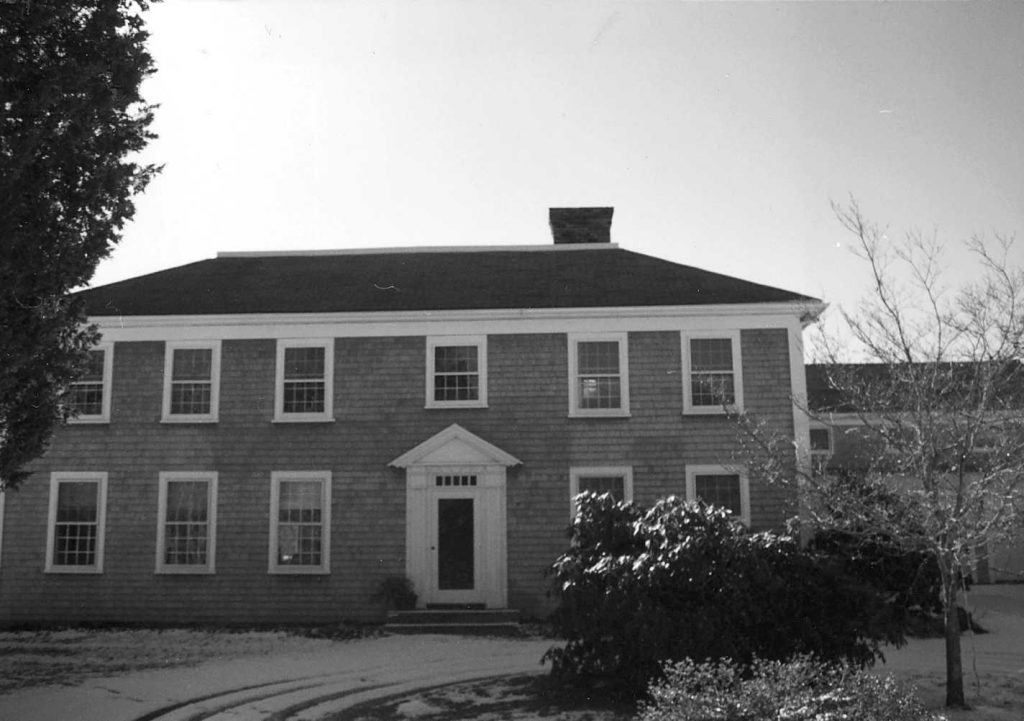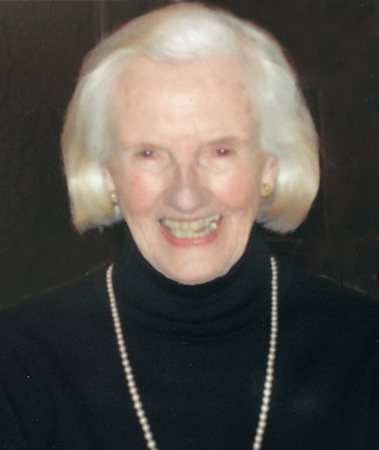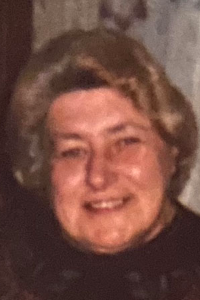During the June 30 meeting of the Mattapoisett Board of Selectmen, the primary focus was on planning a revised FY21 budget.
Retired Town Administrator Mike Gagne, along with current Town Administrator Mike Lorenco, explained to the board what early steps have been taken as the town faces revenue shortfalls related to business declines in the wake of the coronavirus pandemic.
Gagne began by saying that he believed the board was correct in postponing the annual town meeting and taking a one-twelfth approach to running the town while awaiting better data on local and state revenues. “This gives you some breathing room,” he said. Before the March announcement that the state was in quarantine, schools were to close, and most businesses shuttered, Gagne said the Finance Committee and the town’s department heads had nearly completed work on the FY21 budget.
“We were getting ready for a consensus budget,” he said.
Now faced with what he and Lorenco estimate could be revenue losses between 10 and 15-percent, it’s back to the drawing board. Revenue sources such as motor-vehicle excise taxes represent two-thirds of the town’s receipts, Gagne stated, and until the town has closed the books on FY20 any decrease in revenue is speculative. “We’ll be in a better position to firm things up when the state aid is announced,” he said.
Gagne said that, by looking at the 2010-11 recession, a measured approach to decreasing revenue projections can be made. But he also wanted to share some positive fiscal news. He explained that the Board of Selectmen had voted to move municipal health insurance coverage to the Massachusetts Interlocal Insurance Association offered through the Massachusetts Municipal Association.
“It’s the largest group of its kind,” he said. The group was able to reduce the town’s costs in this category by 4.5-percent for a savings of $125,000 to the town and an equal amount to the enrolled employees. “The plan,” Gagne said, “also offers improved coverage for dental and hearing aids.”
Lorenco said that in crafting a revised FY21 budget local revenue projects were trimmed by 12-percent and new growth by 25-percent. He said that cuts and adjustments to the original FY21 budget represent a reduction of $440,000, a 20-percent cut over last fiscal year. “It’s the best position for the town,” he said. Lorenco added that $150,000 had been used from the debt stabilization fund for the new Fire Station engineering costs, but that overall cuts in revenue projections and expenses had been planned for FY21.
Lorenco said that, in terms of securing some funding to offset the impact of COVID-19, the town had applied for $150,000 from the Plymouth County Cares program which manages funds from the Federal Care Act that was passed by Congress on March 27 to provide some financial relief to states in mitigating the financial impact of COVID-19. “Between July 1 and September 30, we have an additional $500,000 to use,” he said.
FEMA funding was also discussed, as was a grant applied for by the police department in the amount of $50,000 to overset overtime expenses. “All of this will help to make up losses,” Lorenco said. “We’ve got a hiring freeze in place and will delay capital purchases that aren’t needed at this time. We’ll look at the 10-year Capital Plan to see what can be pushed out.” Lorenco also indicated that meetings with the Finance Committee and Capital Planning Committee would be scheduled to set a new budget for the upcoming but yet-to-be scheduled town meeting.
The selectmen also met remotely with the incoming Library Director Jennifer Jones, who said she looked forward to working in Mattapoisett. Lorenco said that outgoing Library Director Susan Pizzolato will stay on during a transition period and to help with the library reopening.
Selectman Paul Silva asked how businesses were performing to the guidelines set by the Board of Health, as restaurants began serving customers in outdoor settings and other businesses returned to providing goods and services. Lorenco said there had been a few issues with masks not being used properly, but he said that after conversations, some which included licensing and permits to operate, most businesses were in compliance. He thanked those businesses that have cooperated and offered assistance to those establishments that might need additional help or guidance.
Lorenco also took the time to laud Elizabeth DiCarlo of Mattapoisett for being selected as a member of the 2020 Class of Commonwealth Heroines. This recognition is given to women from throughout the commonwealth whose work has advanced the role of women, calling them “positive changemakers.”
Legislators are asked by the Massachusetts Commission on the Status of Women to select a woman from their area who represents the best-of-the-best. In selecting DiCarlo, Representative Antonio Cabral noted “…her work on multiple fronts over the past 40 years.” He said DiCarlo served people from Central America, those devasted by HIV/AIDS, those needing access to affordable housing, and efforts to mitigate discrimination faced by LGBTQ people. Her list of accomplishments also includes being a registered nurse and community organizer for over 50 years. Lorenco said a congratulatory letter would be sent to DiCarlo.
The next meeting of the Mattapoisett Board of Selectmen will be posted at mattapoisett.net once scheduled.
Mattapoisett Board of Selectmen
By Marilou Newell


